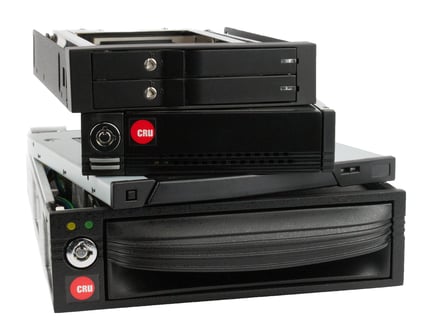 You might have noticed that hacking and massive data breaches have become a thing. Equifax. Target. Home Depot. The federal Securities and Exchange Commission. U.S. voter databases.
You might have noticed that hacking and massive data breaches have become a thing. Equifax. Target. Home Depot. The federal Securities and Exchange Commission. U.S. voter databases.
With those kinds of threats ever-looming, every day, we read with great interest this Wall Street Journal article that suggests companies are returning to the practice of storing data on tape, a 1950s technology, to safeguard its information.
Of course, we’d argue government and enterprise need not throw it so far back in terms of technology and can hackproof their information by storing it on reliable, removable hard drives.
In a world where technology is continually evolving and providing advances ranging from facial recognition ID to artificial intelligence, it’s easy to think the best solution is to go for the cutting edge options out there. Or perhaps as the WSJ article suggests, it’s better to fall back on what we know worked for our professional predecessors.
But there is rarely just one solution, and the best storage and security plans are multi-faceted, including the education of employees and establishing best practices.
We agree with Rob Pritchard, the founder of the Cyber Security Expert consulting firm, quoted in the WSJ article, who says: “Companies of all sizes must be able to restore data quickly if needed, but also have a robust, slower-time recovery mechanism should the worst happen…A good backup strategy will have multiple layers. Cloud and online services have their place, but can be compromised.”
Using “old tech” for local and offsite physical copies of data can be invaluable in quickly restoring a business or organization, regardless of the cause of the disruption.
